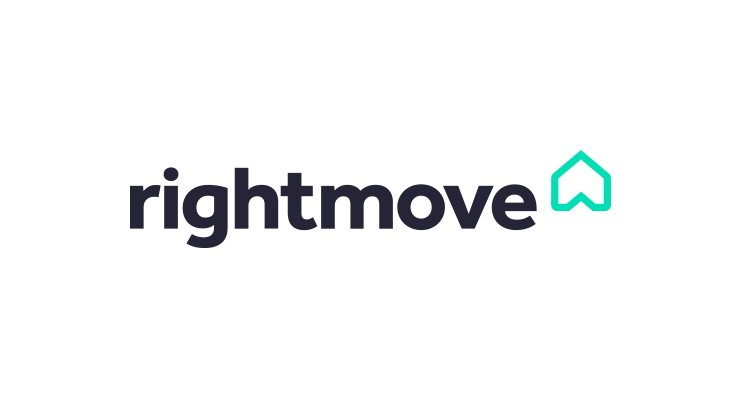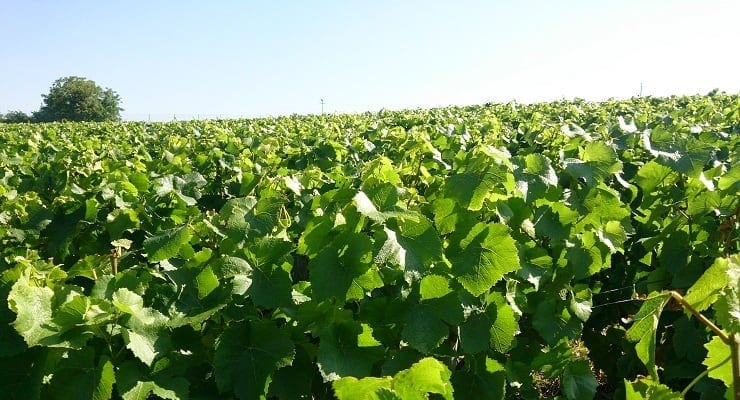Demand for Added Value projects with significant growth potential in developing countries is on the rise as yields in Western Europe fail to impress.
High-yield, high-risk strategies in Europe gain traction with investors
Investments into European commercial property have been on the rise since 2012 but high demand has led to disappointing yields says Yulia Kozhevnikova, analyst at overseas property broker Tranio.com. Over the last four years, price growth for income-generating property has accelerated faster than rental rates increased, which eventually stifled yields across the board. According to CBRE, yields on street retail decreased from 6% in 2009 to 4% in 2015. Offices fared no better as investors saw yields fall from 6% to 5% over the same period.
This trend was particularly prominent on such popular markets as the UK and Germany where property value growth has been measured in double digits, pushing prime rental yields to a low of 2–3%.
This situation has brought into question the value of investing in overheated markets and investors are now actively seeking projects with higher returns. The following avenues and ideas are gaining traction with investors:
— developing markets
— regional markets (as opposed to capital cities)
— higher yield expectations
— Added Value projects (as opposed to lettings)
The attraction of developing markets
The United Kingdom, Germany and France attract the most capital injections into commercial property in Europe but even here investment volumes are slowing. On the other hand, volumes have been increasing on markets that are less popular in terms of buy-to-let purchases.
Take the UK or France for example. In 2015, total investments into income-generating property rose by just 4–5% year-on-year, while in Hungary and Turkey, they skyrocketed 60% and Portugal alone attracted four times more capital than the previous year.
This main reason for this is that markets like Portugal, Hungary, Turkey and Spain still have some growth potential left compared to developed markets in France, Germany and the UK that have experienced high levels of demand until now.
Peripheral markets on the rise
Capital cities in most countries come with the lowest risk but also the lowest yields. For instance, if street retail in London earns about 2.25%, in Manchester it brings in double that (4.5%). Understandably, investors are hitting out onto peripheral markets because they want to earn more money and this is why regional investments are rising. Between 2014 and 2015, they increased from 43% to 48% on average in Europe, while in Poland they rose from 59% to 82% and in Sweden they more than doubled (from 17% to 39%). However, it is not a universal trend and countries like Italy, Portugal and France saw investments into peripheral markets decrease.
*Excluding: Rome and Milan (Italy), Madrid and Barcelona (Spain) and Berlin, Hamburg, Düsseldorf, Cologne, Munich, Frankfurt am Main (Germany)
Bigger appetite for risk and returns
After years of low gains on prime markets, investors have developed an appetite for higher yields and are ready to take higher risks to achieve them. This trend was particularly noticeable in 2015, when commercial property investment volumes increased the most on markets with average yields of 6–7% while growth was weakest on low-risk markets with yields of 4% or less.
The trend was also confirmed by a recent Colliers investor survey which showed that expectations in terms of internal rate of return (IRR) are also on the rise. According to their research, the share of investors targeting an IRR of 11% and higher increased from 59% in 2015 to 69% in 2016, proportionate to the fall in demand for IRR under 11%.
More demand for Added Value projects
With opportunistic strategies (i.e., development and acquisition encumbered property), the return on investment is about 16–20%. Added Value projects (i.e., redevelopment and resale at a higher price) with medium to high risk have returns of about 11–15%. On the other hand, Core strategies (i.e., low-risk lettings with high occupancy) earn no more than 5% without leverage and 5–10%, with leverage.
-> What is a real estate investment fund and is it a good option?
According to a survey by European Association for Investors in Non-Listed Real Estate Vehicles (INREV), the share of investors choosing Added Value strategies has increased from 22% in 2012 to 47% in 2016 while demand for Core has dropped to 39% from 69% just four years ago.
“Average yields on property rentals are only around 4% and are still falling. This is why more and more investors are looking towards Added Value projects, especially since the downward trend is also affecting development project yields too. However, as entry thresholds increase, the main concern for developers on developed markets is finding land to build on at a reasonable price,” explains George Kachmazov, managing partner at Tranio.com.
If this downward trend persists on European markets, demand for high-yield high-risk projects will certainly climb, leading to a decline in returns on such projects in developed markets. Between here and next year, investments into the Added Value segment in recovering markets like Spain, Portugal and Poland ear going to increase and, therefore, so will prices per square metre.
Yulia Kozhevnikova, Tranio.com
Yulia Kozhevnikova is a real estate expert and journalist at Tranio.com, an international overseas property broker. She is a regular contributor and writer for international media outlets specialising in overseas property news, property investment and market reports.






